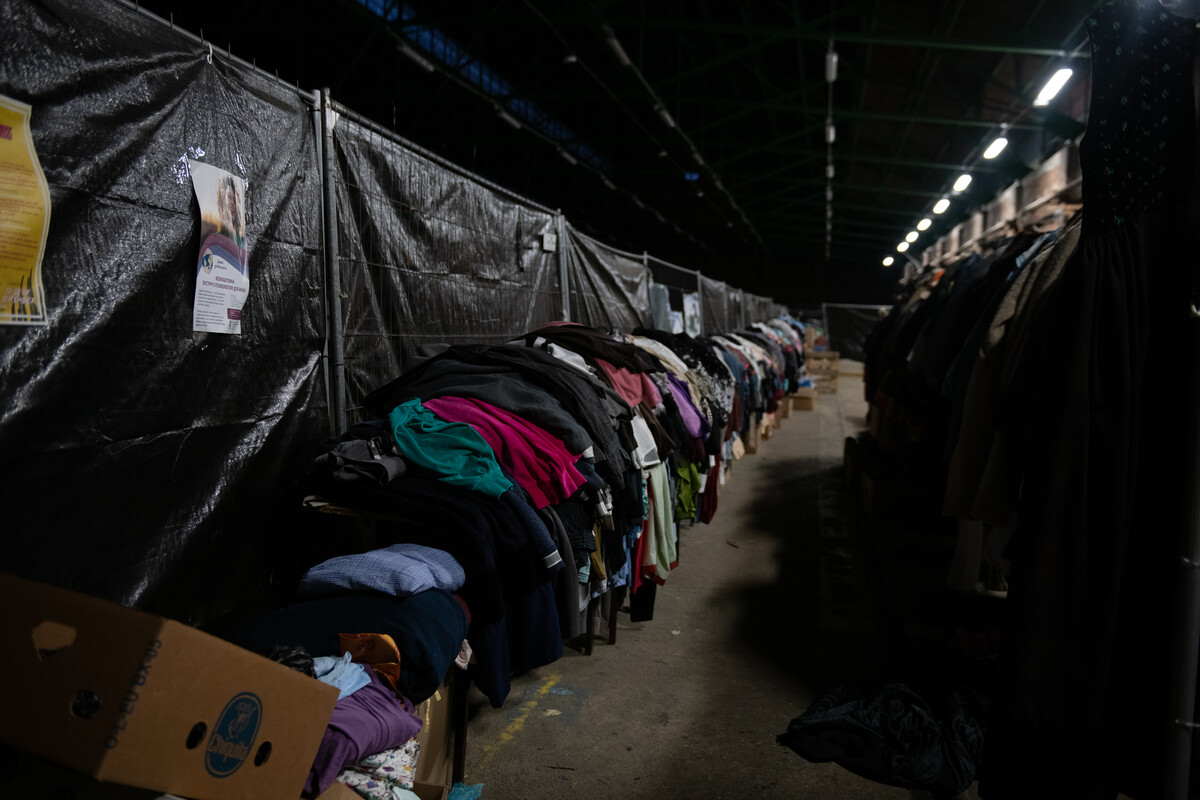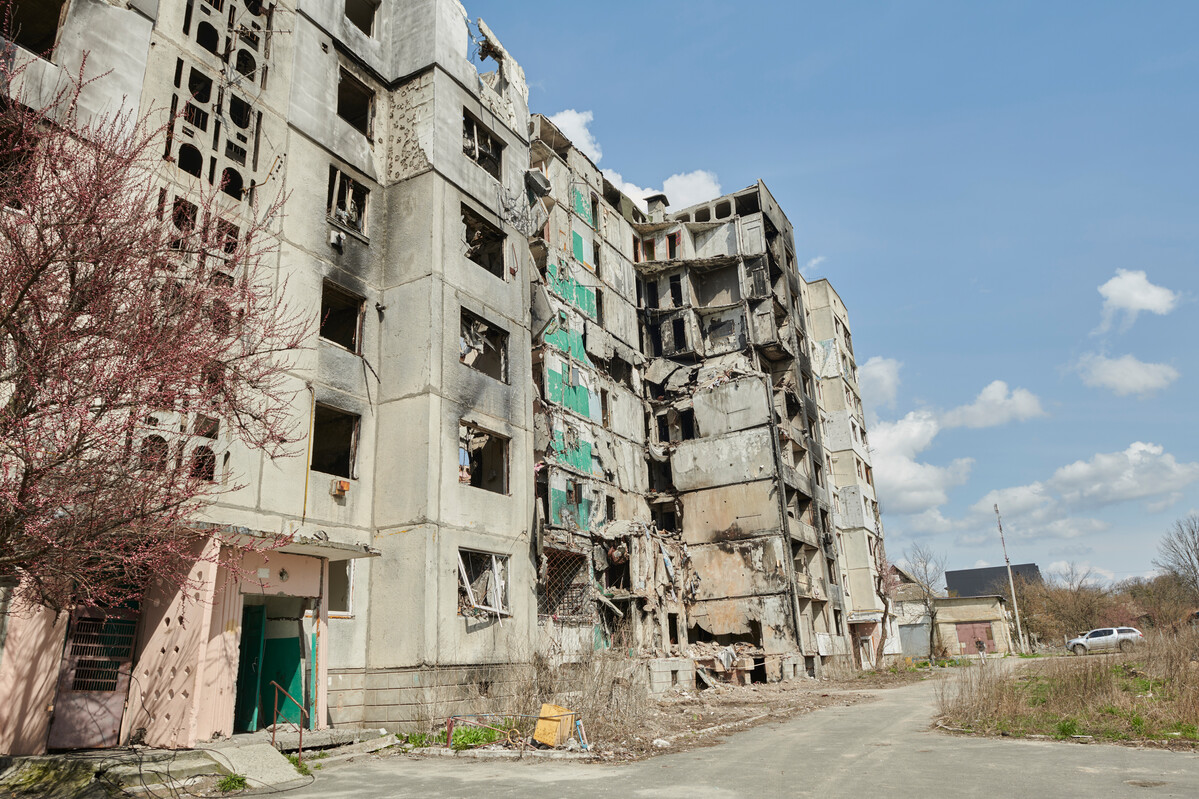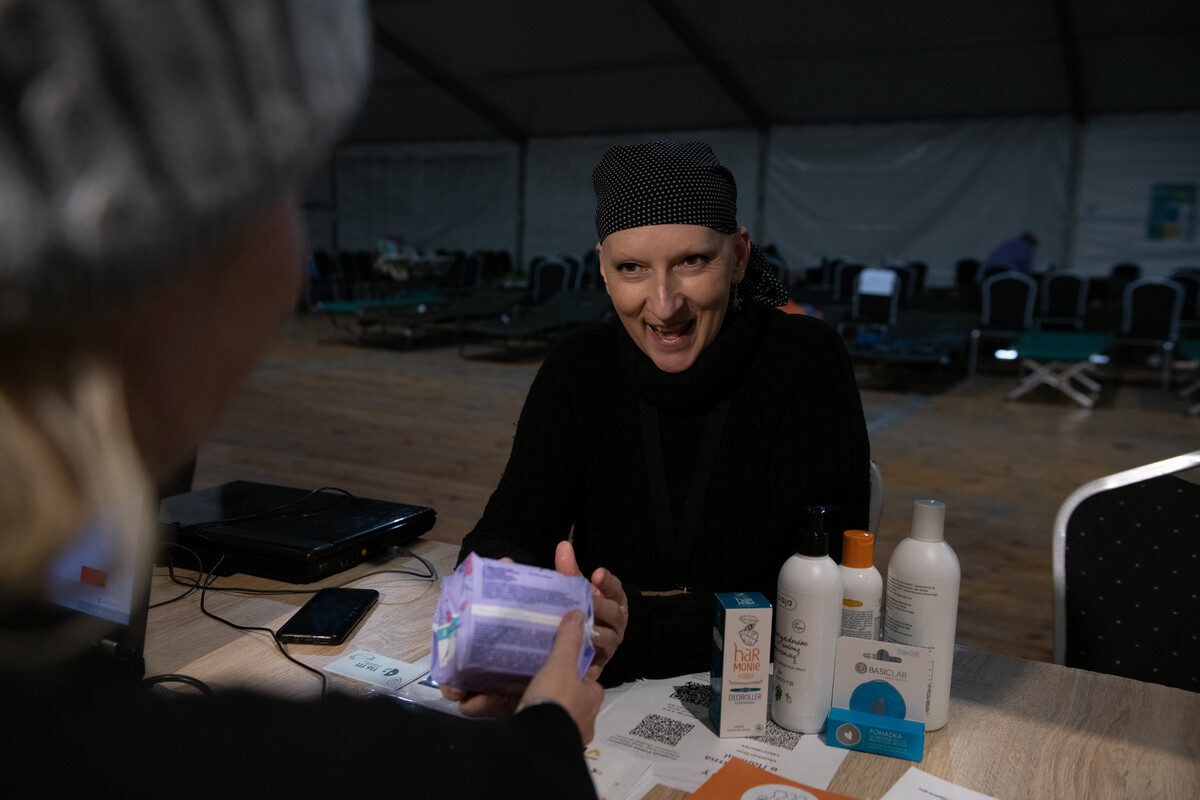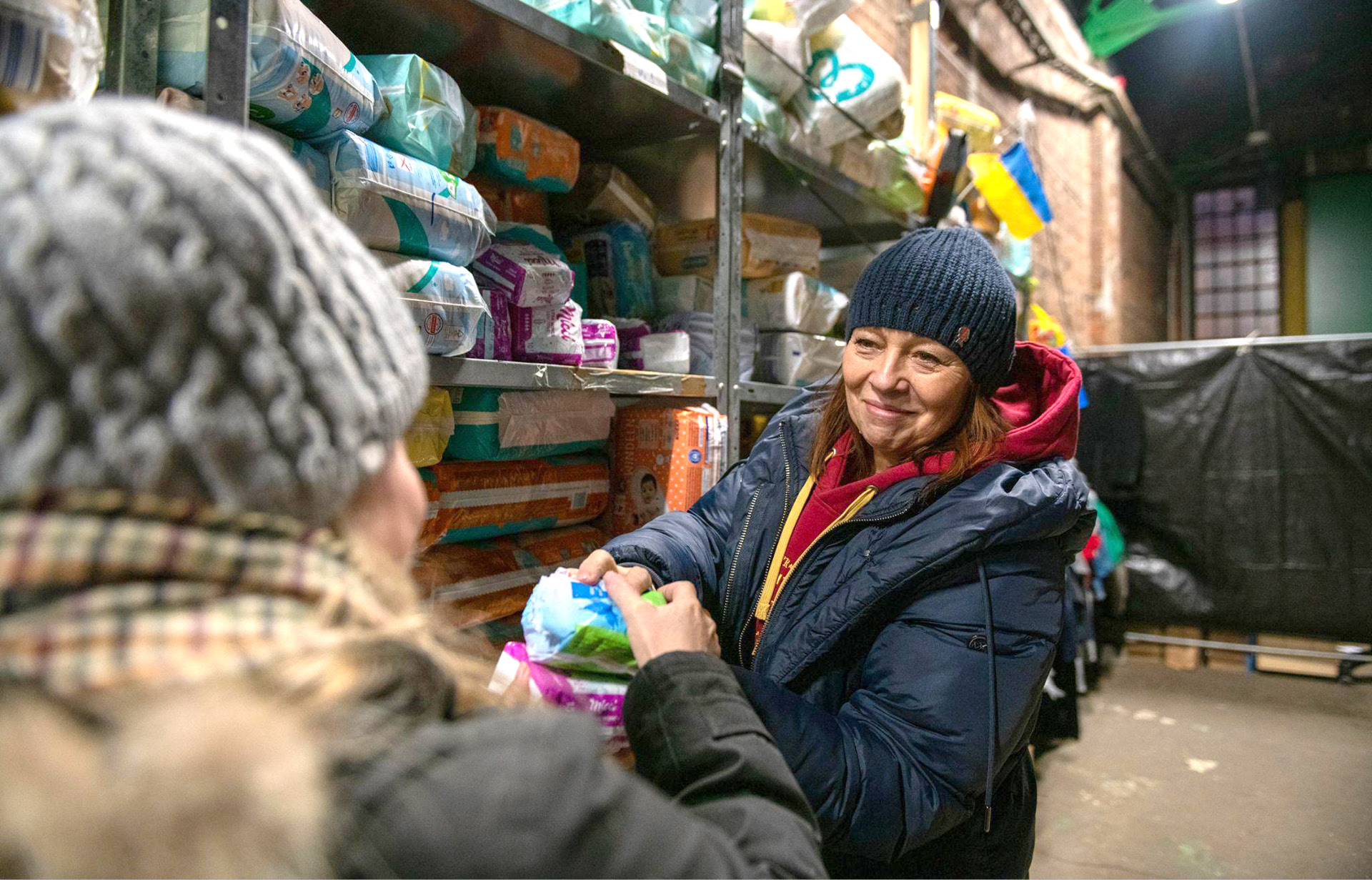If you come to Kyiv, it may seem to you that the city lives like any other capital in the world: people go to work, take their children to school, do shopping, young people celebrate life. But if you look inside, people's hearts are broken, and their mental health has long been on the brink. Two years of war left an irreparable mark on every Ukrainian. In my team, one woman lost her husband, another lost her brother and her parental home is now under occupation. There are hundreds of thousands of such stories in Ukraine. So, is your first impression that the city is as lively as any other true?
Every day as we fall asleep, we check the Air Force for any threat of attack to get ready to go to shelter. Daily air alarms are now part of the routine, like masks once were during the COVID-19 pandemic, and our Facebook feeds have turned into necrologies.
Amidst all this, we continue to fight, work, and get ourselves together, because we have no right to give up. Because the healthcare system is going through a major upheaval and needs investment and development. Because our patients need help more than ever before.
Amid the terrifying devastation experienced through a humanitarian crisis, people need first and foremost safety and protection. Sexual and reproductive health (SRH) services save lives and prevent further suffering.
when
country
Ukraine
region
European Network
Subject
Humanitarian
Related Member Association
Women Health and Family Planning - Ukraine
The organisation I lead, Woman Health and Family Planning Ukraine (WHFP), has been actively working for 27 years in Ukraine to promote public health, and sexual and reproductive health and rights. WHFP works across Ukraine to ensure access to comprehensive health services through investing in health facilities with capacity building for health professionals and supplies, advocacy at the national level, comprehensive sexuality education and youth engagement.
When Russia invaded Ukraine two years ago, WHFP quickly pivoted our operations to include a focus on the needs of internally displaced people (IDPs), who have been forced to flee Russian-occupied areas of Ukraine in what one client described as “absolute hell”. We have been able to ensure SAC access for IDPs through the establishment of nine safe abortion model clinics, and access to SRH services for women with disabilities in 59 barrier-free gynaecological cabinets (specialised rooms inside regional hospitals). We have trained 5,850 health professionals and reached 123,032 women with SRH services.
Our economy has suffered greatly. Even before the war, Ukraine’s weakest economic link was its demography, with a fertility rate of just 1.2, among the lowest in Europe. Taken together, Ukraine’s refugees and internally displaced people amount to almost a third of our 37.3 million population. Calls for women to return to Ukraine to bolster the economy and workforce have been coming from top government officials. Concerns around reproductive coercion are growing; with evidence of service providers coercing women to continue with unwanted pregnancies, or reticent to perform safe abortions.
We have achieved a lot in the last two years, but needs remain. As other crises take the attention of the world’s media, politicians and donors, the war in Ukraine goes on. We work every day to support the women of Ukraine, but cannot do this alone.
Photos credits: IPPF/Hannah Maule-ffinch/Ukraine





















